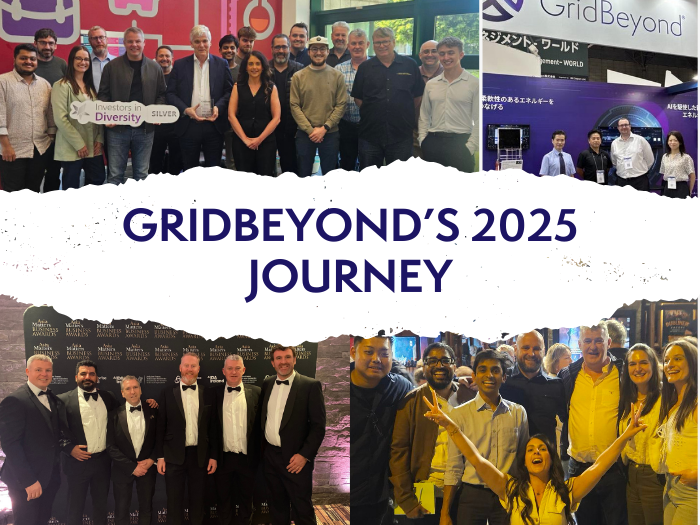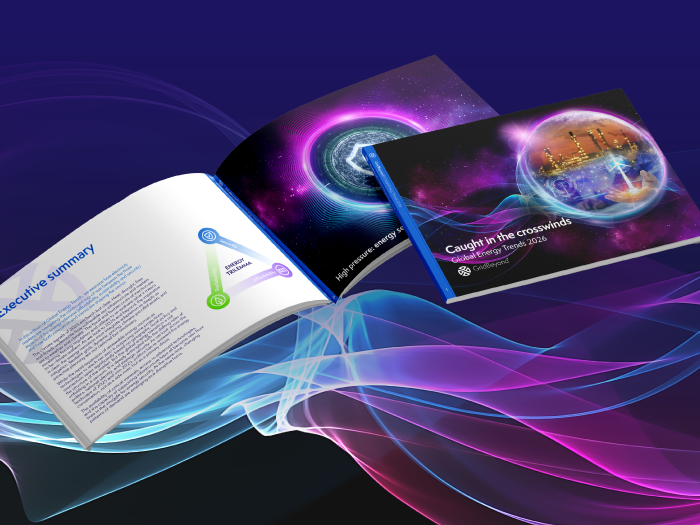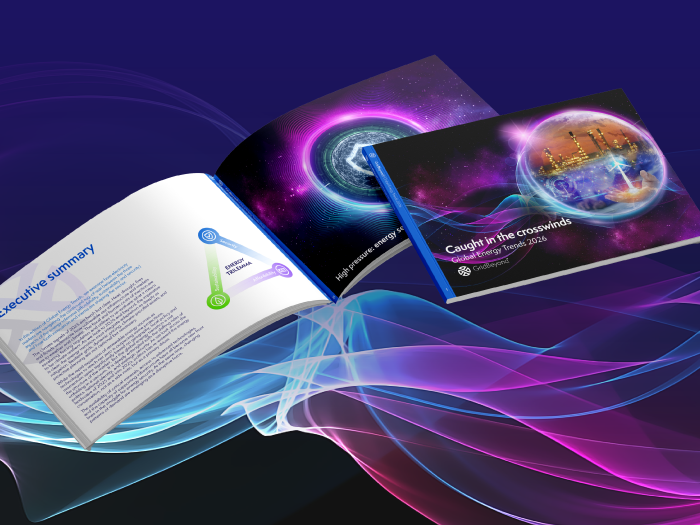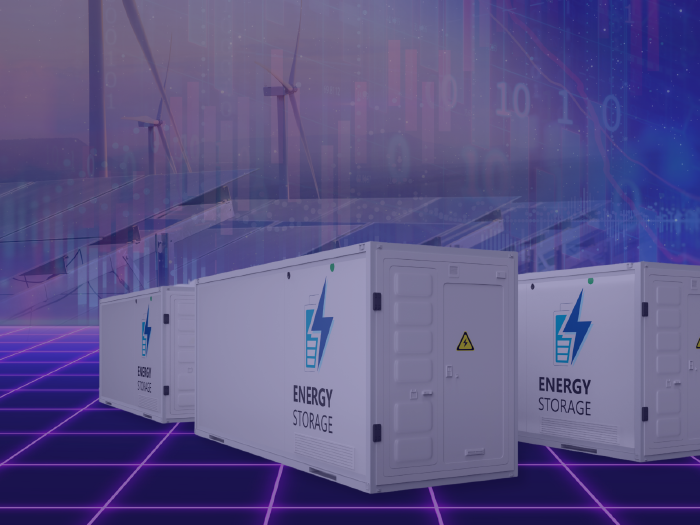News
better business decisions
Posted 7 years ago | 4 minute read
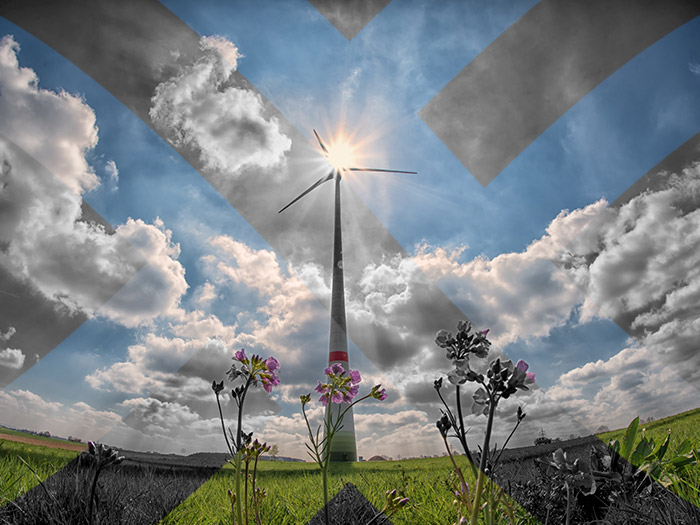
Solving the energy crisis – featured in a special report for The Times
As featured in

Power supply is falling, leaving the UK in an energy crisis, with increased electrification of domestic lives and a growing population prompting a seismic escalation in electricity demand. The dilemma, sustained by the decline of fossil fuel-based power plants and the rise of renewables, is being resolved by the latest technologies.
The UK and Irish electric grids are at the forefront in terms of the volume of integrated renewables. However, because renewable energy sources, such as wind and solar, are intermittent and can change rapidly, their integration into the grid may not provide sufficient power during peak demand,” says Michael Phelan, chief executive and co-founder of GridBeyond, formerly Endeco Technologies.
Maintaining the balance between energy generation and demand is crucial to ensuring the grid remains at a safe frequency of 50Hz. Technology is progressively providing the solutions needed to manage the fluctuations in grid frequency, and with accessibility comes incentives for large energy consumers in the industrial and commercial space to vary their energy consumption. For short periods, they can help to keep the lights on when grid frequency starts to look dangerously high or low, known as frequency response events.
“The key lies in energy flexibility and ultimately in technology”
Seen as the way forward by system operators and energy industry authorities, frequency response programmes are enabling energy to be generated or removed from the grid within seconds, when needed.

Mr Phelan says: “We’ve been managing and rewarding industrial and commercial clients’ participation into National Grid programmes, including frequency response, for more than five years. Over time we’ve seen an increase in the number of events, indicating that the National Grid is finding it evermore challenging to stabilise effectively as renewable generation increases and that system inertia is reducing too.”
GridBeyond leads the UK and Irish markets in providing pioneering internet of things demand-side response (DSR) solutions, and has developed a smart grid optimisation technology platform that enables system operators like National Grid to balance network frequency rapidly and maintain inertia, making greater use of renewable technologies and mitigate
against blackouts.
At the same time, industrial and commercial participants benefit from significant financial rewards for fluctuating their energy consumption, and automated energy savings through the avoidance of demand peaks. In addition, consumption, predictive maintenance and OEE (overall equipment effectiveness) analytics can be automated and monitored via a cloud-based portal.
Another key technology for renewable integration will continue to be battery storage. Renewable energy may be harnessed at times of wind and sun, but any excesses go to waste. To reduce this, energy companies can use batteries to collect and store excess electricity. However, with marginal returns on investment and relatively short-term revenue streams, Mr Phelan points to a hybrid approach.
He says: “By connecting a battery to an industrial or commercial site, electricity can be stored when it is most abundant, and cheap, and used when demand on the grid exceeds generation. Combining this resilience with an advanced DSR platform geared to optimise savings and revenue allows businesses to eliminate the financial risk associated with a standalone battery. We have put the world’s first hybrids into the market and we are adding to that all the time.”
“By connecting a battery to an industrial or commercial site, electricity can be stored when it is most abundant, and cheap, and used when demand on the grid exceeds generation.”
The UK is moving from a centralised system, with very large power stations generating the majority of power, to a decentralised one, where generation is more widely dispersed, from solar panels on roofs to offshore and inland wind farms. The pace of change driven by technology has created some confusion for customers in terms of where the opportunities for future energy flexibility lie.
Mr Phelan concludes:
“Many of the new technologies have only become available in the last few years. It’s about pushing boundaries and looking at the next phase of problems to solve with the grid and large energy consumers, such as frequency balancing, capacity fulfilment, voltage issues and tracing problems. The key lies in energy flexibility and ultimately in technology, and facilitated in a way that is palatable to all involved, from the grid to industrial, commercial and eventually residential consumers.”

